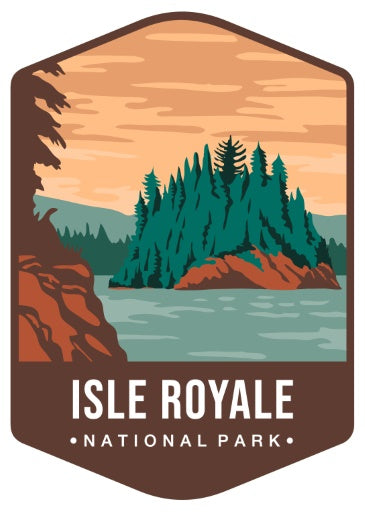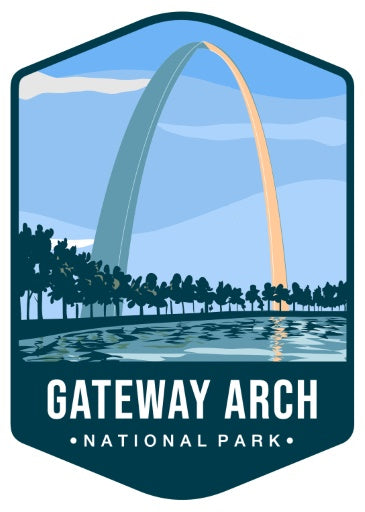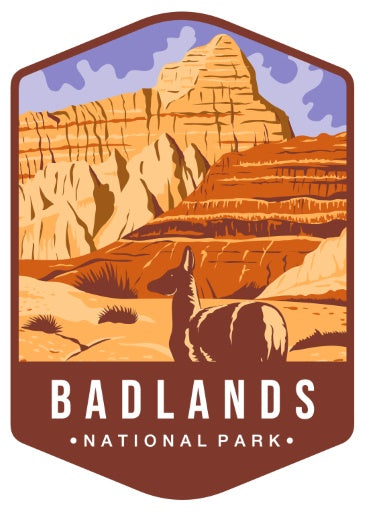WUDN
March-2024
Exploring the Great Outdoors: 5 Must-Visit Features of Every National Park in the United States
WUDN Outdoor Adventure (National Park Series)

Part 11 of Our National Park Series
Redwood National and State Parks: Where Giants Roam and Nature Thrives
National Park Series > California Coast & Desert > Redwood National and State Parks
Back to the Table of Contents
Nestled along the rugged coastline of Northern California, Redwood National and State Parks stand as a testament to the majesty of nature and the resilience of ancient forests. Home to some of the tallest trees on Earth, these parks offer visitors a chance to immerse themselves in a world of towering redwoods, pristine rivers, and diverse wildlife. Here are the top five activities to experience during your visit:
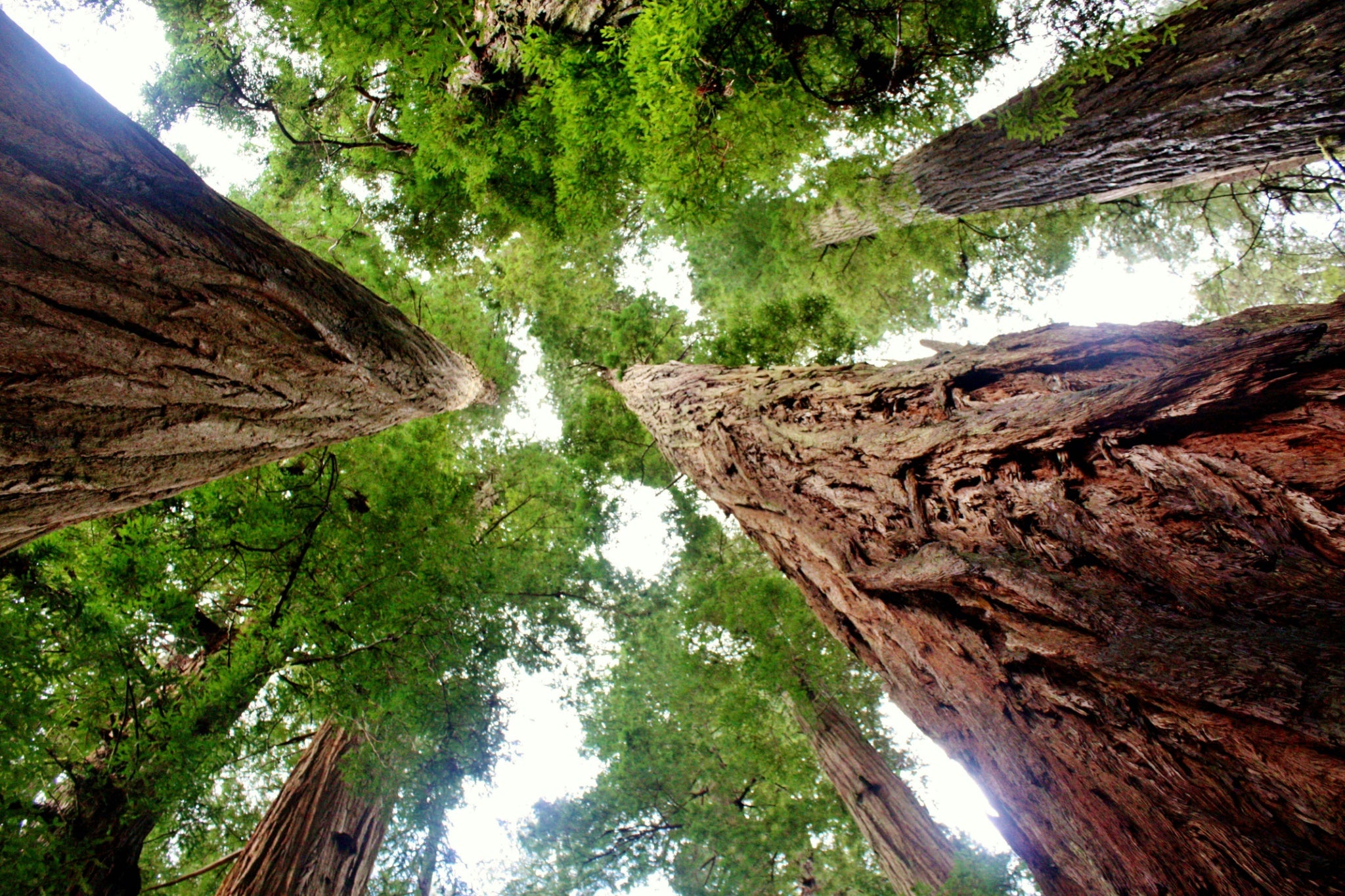
Top 5 Outdoor Adventures in: Redwood National and State Parks
1. Redwood Hiking Trails:
Lace up your hiking boots and explore the network of hiking trails that wind through the ancient redwood groves of the parks. From short, easy walks to challenging backcountry treks, there's a trail for every skill level and interest. Don't miss the iconic Fern Canyon Trail, which leads hikers through a lush, fern-lined canyon, or the Tall Trees Grove Trail, which offers a glimpse of some of the tallest trees in the world.
2. Scenic Drives:
Take a leisurely drive along the Newton B. Drury Scenic Parkway or the Howland Hill Road to experience the breathtaking beauty of the redwood forests from the comfort of your car. These scenic drives offer panoramic views of towering trees, meandering rivers, and lush ferns, making them perfect for a relaxing afternoon adventure.
3. Wildlife Watching:
Keep your eyes peeled for the park's diverse wildlife as you explore its pristine wilderness. Redwood National and State Parks are home to a variety of species, including Roosevelt elk, black bears, mountain lions, and bald eagles. Bring binoculars and a camera to capture sightings of these majestic creatures against the backdrop of the towering redwoods. Join a ranger-led wildlife viewing program or venture out on your own to spot wildlife in their natural habitat.
4. Beachcombing:
Discover the rugged beauty of the parks' coastline by exploring one of its many secluded beaches. From tidepooling to beachcombing, there are endless opportunities to connect with nature and discover hidden treasures along the shoreline. Don't miss the chance to explore iconic beaches such as Gold Bluffs Beach or Enderts Beach, where you can stroll along sandy shores, search for sea glass, and watch the waves crash against the rugged cliffs.
5. Camping:
Spend a night under the towering redwoods and experience the magic of the parks after dark by camping in one of its scenic campgrounds. Whether you prefer tent camping or RV camping, there are options for every type of camper. Wake up to the sound of birdsong, enjoy a campfire under the stars, and fall asleep to the gentle rustle of leaves in the breeze. Be sure to make reservations in advance, as campsites can fill up quickly, especially during the summer months.
In Redwood National and State Parks, some of the top attractions that draw visitors from around the world include:
Giant Redwood Trees:
The towering coast redwoods are the main attraction of the parks. Visitors are awestruck by the sheer size and majesty of these ancient trees, some of which are over 2,000 years old and reach heights of over 300 feet. Notable groves within the parks include the Grove of Titans, Lady Bird Johnson Grove, and the Tall Trees Grove.
Fern Canyon:
This lush canyon, featured in the film "Jurassic Park 2: The Lost World," is renowned for its stunning beauty and unique ecological features. Visitors can walk along the canyon floor, surrounded by towering walls covered in ferns, mosses, and other lush vegetation.
Coastal Scenery:
The parks boast rugged coastline with dramatic cliffs, sandy beaches, and tide pools teeming with marine life. Notable coastal areas include Gold Bluffs Beach, Crescent Beach Overlook, and Enderts Beach.
Trails and Hiking:
With over 200 miles of trails winding through ancient forests, along scenic rivers, and up to panoramic viewpoints, Redwood National and State Parks offer endless opportunities for hiking and exploration. Popular trails include the Coastal Trail, James Irvine Trail to Fern Canyon Loop, and the Tall Trees Trail.
Some Real Wooden Style for Your Trip
We are working on more branded merch to accompany your trip. In the meantime, here is a pair of real wooden shades for some excellent style while you hike the back-country of Redwood National and State Parks.
How to Get To Redwood National and State Parks
Getting to Redwood National and State Parks, located on the northern coast of California, involves several transportation options depending on your starting point:
1. By Car: Driving is the most common and convenient way to reach Redwood National and State Parks. The parks are accessible via US Highway 101, which runs along the northern coast of California. From the north, you can access the parks via Crescent City. From the south, you can access the parks via Eureka. Once inside the parks, follow signs to visitor centers, scenic viewpoints, and trailheads.
2. By Air: The nearest major airport to Redwood National and State Parks is Arcata-Eureka Airport (ACV) in McKinleyville, California, located approximately 40 miles south of the parks. From the airport, you can rent a car and drive to the parks, which takes about 1 hour depending on traffic and weather conditions. Alternatively, you can fly into larger airports such as San Francisco International Airport (SFO) or Sacramento International Airport (SMF) and then drive to the parks, which takes about 5-6 hours.
3. By Public Transportation: While there is no direct public transportation to Redwood National and State Parks, you can take an Amtrak train or Greyhound bus to nearby cities such as Crescent City or Eureka. From there, you can arrange for a shuttle service or taxi to transport you to the parks. Be sure to check the train and bus schedules and availability of transportation options before planning your trip.
4. Guided Tours: If you prefer not to drive yourself, you can join a guided tour to Redwood National and State Parks from nearby cities or towns. Many tour companies offer day trips and multi-day excursions to the parks, providing transportation, guided activities, and accommodations for visitors. Guided tours typically include visits to popular attractions such as the Avenue of the Giants, Prairie Creek Redwoods State Park, and Fern Canyon.
Regardless of how you choose to travel to Redwood National and State Parks, be sure to plan ahead and check road conditions, weather forecasts, and park regulations before you go. Depending on the time of year, certain park facilities and roads may be closed, so it's important to be prepared for any potential challenges during your visit.
History and Creation of Redwood National and State Parks
Redwood National and State Parks, located along the rugged coastline of northern California, are a testament to the majestic beauty and ecological importance of the ancient coast redwood forests. The history of the parks dates back thousands of years, with the towering redwoods standing as living relics of the ancient forests that once covered much of the Pacific coast. These towering giants, some of which are over 2,000 years old and reach heights of over 300 feet, have long captured the imagination of visitors and conservationists alike.
In the early 20th century, efforts to protect the remaining old-growth redwood forests gained momentum, spurred by the logging industry's rapid expansion and the threat of deforestation. Conservationists such as John Muir and Save the Redwoods League worked tirelessly to advocate for the preservation of these iconic trees and the ecosystems they support. In 1968, Redwood National Park was established, followed by the creation of three state parks—Prairie Creek Redwoods State Park, Del Norte Coast Redwoods State Park, and Jedediah Smith Redwoods State Park—in 1923. Together, these protected areas form the Redwood National and State Parks complex, preserving over 139,000 acres of old-growth redwood forests and coastal ecosystems.
Today, Redwood National and State Parks are cherished for their stunning landscapes, towering trees, and rich biodiversity. Visitors to the parks can explore a network of hiking trails that wind through ancient groves of redwoods, meander along pristine rivers, and lead to secluded beaches along the rugged coastline. The parks also offer opportunities for camping, wildlife viewing, and scenic drives, allowing visitors to immerse themselves in the natural beauty and tranquility of the redwood forests. With their rich history, breathtaking scenery, and unparalleled ecological importance, Redwood National and State Parks stand as a testament to the enduring legacy of the coast redwoods and the importance of conservation efforts in preserving these iconic landscapes for future generations.
/Fin. Redwood National and State Parks
From hiking among ancient giants to beachcombing along pristine shores, Redwood National and State Parks offer a wealth of outdoor activities for nature lovers and adventurers alike. Whether you're exploring towering forests, wandering along secluded beaches, or simply soaking in the serenity of the natural world, the parks invite you to embark on an unforgettable journey through one of California's most iconic landscapes.
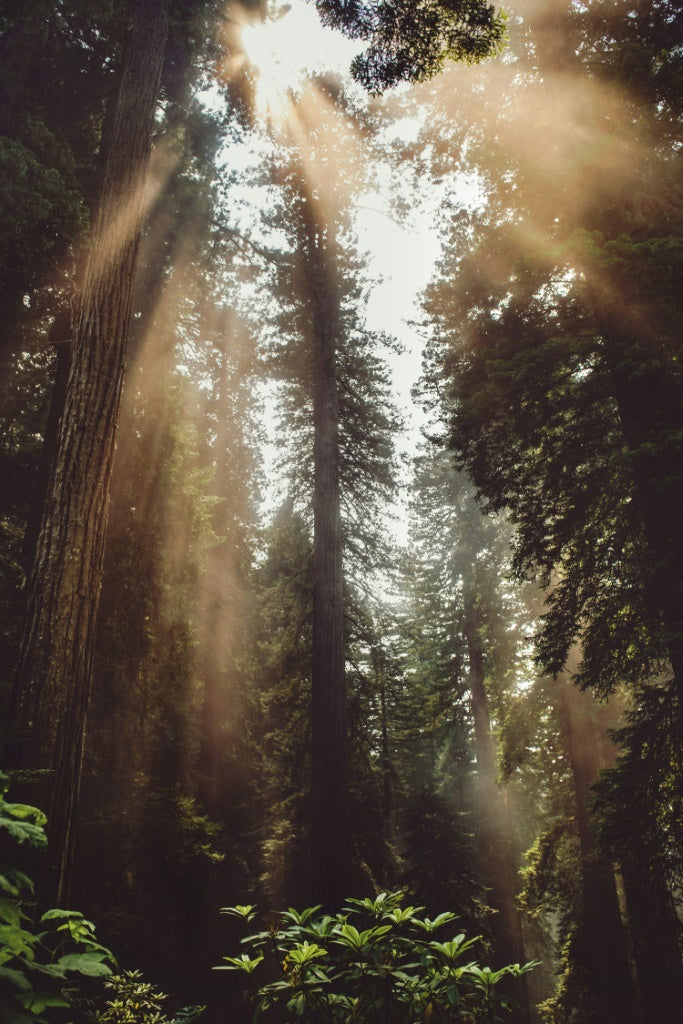
How to Prepare for a Visit to a US National Park
Our top-10 list to get you prepared and a bonus section on Bears!
Read More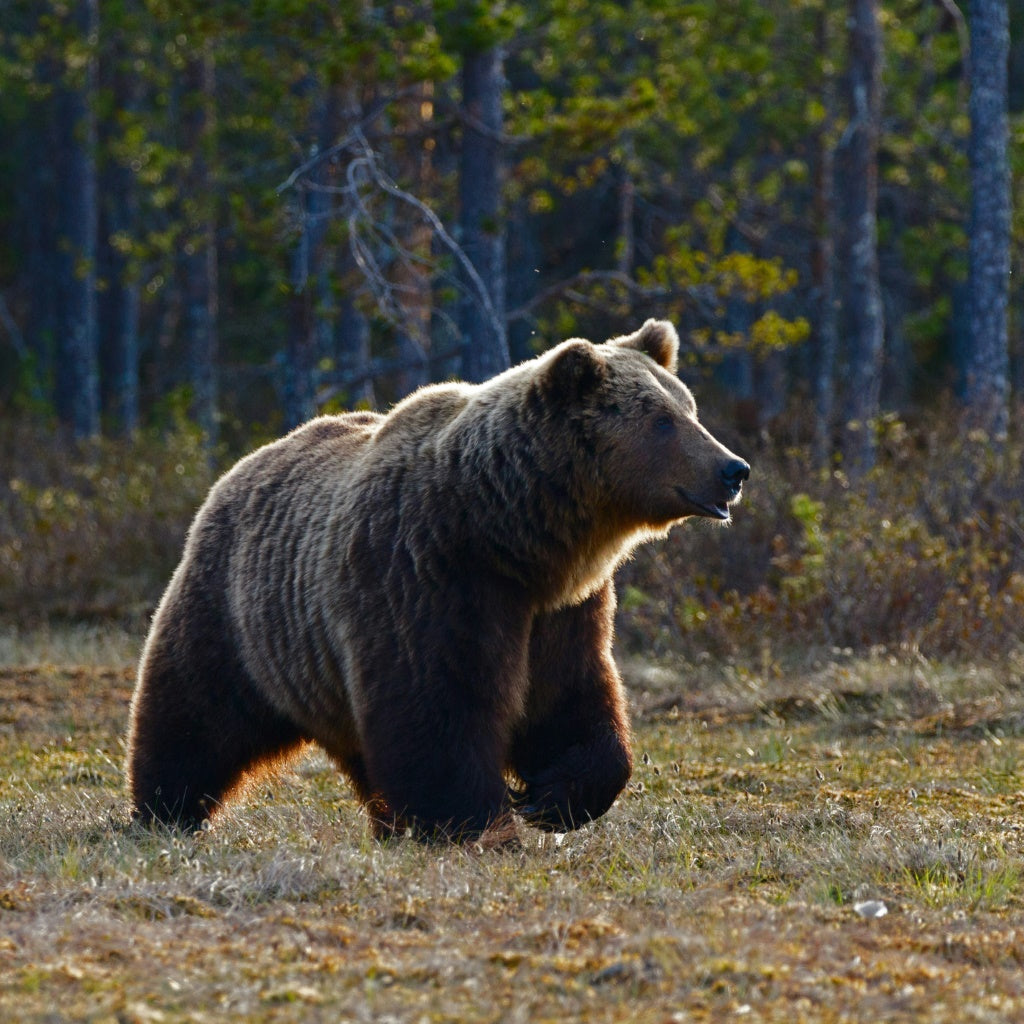
20 Must Have Gadgets for Your Next Outdoor Adventure
Our curated list to keep you safe and productive on your next outdoor adventure.
Read More
About the Author

Jaimeleigh Christian
Jaime is passionate about the outdoors and traveling throughout these gorgeous United States. Especially National Parks in the Pacific Northwest.
Tags
Travel
Outdoor Adventure Series
National Parks
Tour Guide
You May Also Like
Want To Receive More Outdoor Adventures?
Follow us to receive the latest adventures

